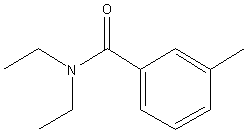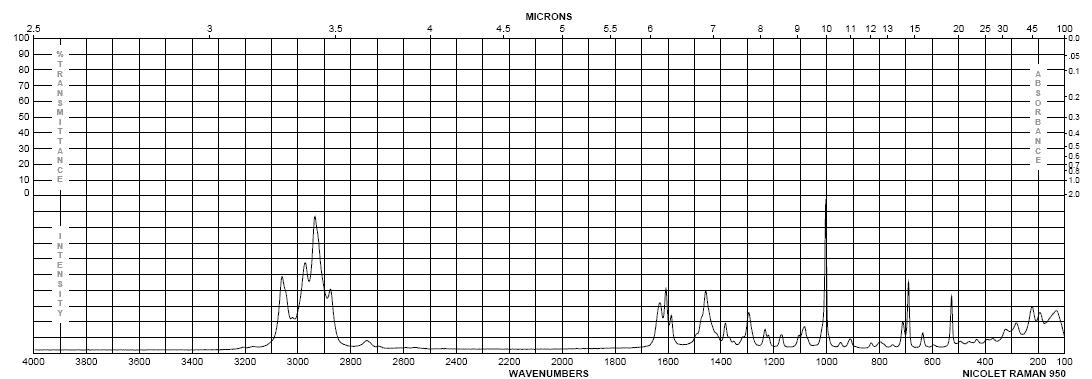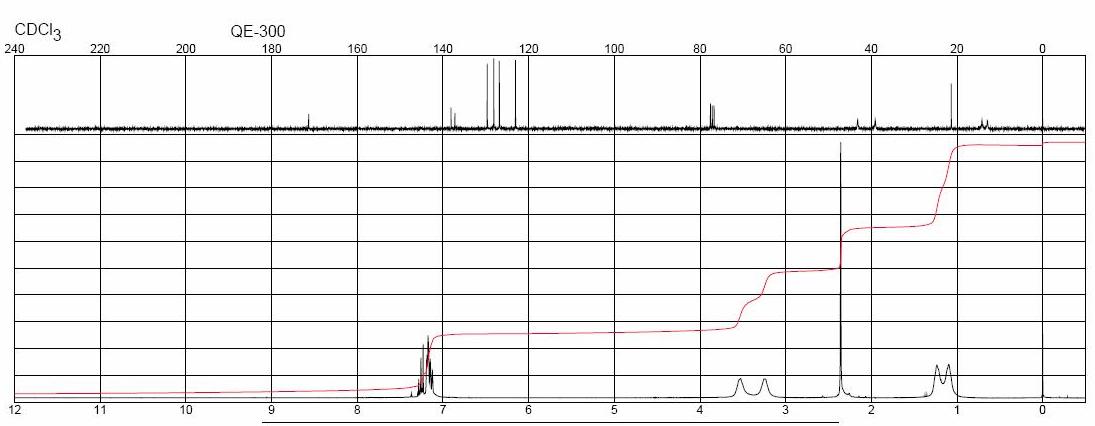It:DEET
DEET is the active ingredient in all common insect repellents. Its name is an anacronym of N,N-Diethyl-meta-Toluamide 1, however this is not its systematic IUPAC name which is N,N-diethyl-3-methyl-benzamide 2. It is estimated that at least half the population of the US uses DEET every year. It is very important in stopping the spread of diseases such as West Nile virus, Eastern Equine Encephalitis, Rickets, Malaria and Dengue fever which are carried by mosquitoes.
History and information
Traditionally methods such as smoke and various natural oils were employed to repel insects. After several previous attempts to make succesful synthetic repellents, prompted by the experience of jungle warfare, the US military developed DEET in 1946. Over half a centuary later DEET is still the most commonly used insect repellent. Its success can be attributed to its effectiveness at relatively low concentrations and its harmlessness to humans. Only in rare cases will DEET cause skin or eye irritation. Care should however be taken when applying DEET near various plastics and other materials as these may be dissolved by the repellent. Recently however a new compound, known as IBI-246 and discoverd at North Carolina State University, which is extracted from tomatoes could provide a safer and more effective repellent.
How does DEET work?
Insects are sensitive to the lactic acid secreted by all mammals. DEET is thought to bind to the insect's lactic acid receptors, thereby obscuring the whereabouts of any real lactic acid. Thus the insect is unable to locate its victim.
Synthesis
Synthesis, (2), 272-276; 2003
Shanxi Daxue Xuebao, Ziran Kexueban, 25(1), 43-44; 2002
IR Spectrum of DEET7
NMR Spectrum of DEET7
References
1http://acronyms.thefreedictionary.com/DEET
2Substance Identification (Beilstein(2006/03): BRN 2046711)
3http://chemfinder.cambridgesoft.com
4Journal; Journal; Vekki, A. V. de; Mozzhukhina, T. N.; PECHAM; Pet.Chem.USSR (Engl.Transl.); EN; 37; 4; 1997; 320-331; NEFTAH; Neftekhimiya; RU; 37; 4; 1997; 326-336.
5Journal; Maxim; Chem.Abstr.; 24; 1930; 94.
6Journal; Naumov et al.; JOCYA9; J.Org.Chem.USSR (Engl.Transl.); 9; 1973; 600; ZORKAE; Zh. Org. Khim.; 9; 1973; 591.





